Innovations in Cleanroom Supplies: How They're Shaping Future Industries
Imagine stepping into a world where the smallest particle can make a massive difference. That world is here, in the evolution and innovation of cleanroom supplies, a critical aspect defining the boundaries of technological and scientific advancement today.
The Evolution of Cleanroom Supplies
The origins of cleanroom technology trace back to the 1960s, a time of significant scientific discovery and technological innovation. From the rudimentary gloves and gowns to sophisticated filtration systems, the evolution of cleanroom supplies represents a relentless pursuit to eliminate contaminants in critical environments.
This evolution was not just about improving quality, but also about enhancing safety and efficiency. Early supplies were often reusable, requiring stringent cleaning processes. Today, the focus has shifted towards disposables, dramatically reducing the risk of cross-contamination and increasing operational efficiency.
Moreover, the introduction of advanced materials like microfibers and non-linting fabrics has set new standards for cleanliness and durability, making it possible to maintain pristine conditions in laboratories, semiconductor manufacturing plants, and pharmaceutical facilities.
Cutting-Edge Materials & Technologies in Cleanroom Supplies
One of the most groundbreaking advancements in cleanroom supplies is the development of self-cleaning surfaces and materials engineered to repel dust and microbial contamination. These cleanroom innovations are pivotal in sectors where sterility is paramount.
Additionally, the integration of Internet of Things (IoT) technology into cleanroom operations has ushered in a new era of efficiency. Smart garments embedded with sensors now monitor environmental conditions and wearer interactions in real-time, offering unprecedented levels of control and insight.
Impact of Innovative Cleanroom Supplies on Various Industries
The impact of innovative cleanroom supplies extends beyond the pharmaceutical and semiconductor industries, influencing sectors as diverse as aerospace, nanotechnology, and even the burgeoning field of cultured meat production.
In the aerospace sector, for instance, the demand for precision and reliability is met through advanced cleanroom technologies that ensure the sterility and integrity of components exposed to the harsh conditions of space.
Similarly, in the field of nanotechnology, the manipulation of particles on an atomic or molecular scale demands environments free from any potential contamination, a requirement met only through the use of cutting-edge cleanroom supplies.
The Future of Cleanrooms: Sustainability and Efficiency
The future of cleanroom supplies lies in the balance between technological advancement and environmental sustainability. Biodegradable and recyclable materials are becoming increasingly prevalent, reflecting a global shift towards more sustainable manufacturing practices.
Emerging technologies such as AI and smart monitoring systems are set to revolutionize cleanroom operations by optimizing energy use and reducing waste, marking a step towards greener, more efficient production facilities.
Moreover, the drive towards sustainability is paralleled by ongoing efforts to reduce the carbon footprint of cleanroom operations, from the manufacturing process of supplies to their disposal, ensuring that cleanrooms contribute not only to technological progress but also to a healthier planet.
The journey of cleanroom supplies from basic necessities to advanced technological aids showcases an intricate weave of innovation, sustainability, and efficiency. As industries evolve, the role of these cleanroom innovations becomes even more pivotal, acting as the silent guardians of purity and precision in the unforgiving environments where the slightest contaminant can disrupt progress. Cleanroom supplies are not just products; they are a testament to human ingenuity and the relentless pursuit of perfection.

